The first income tax rate in newly independent India was as high as 97.75% with 11 tax slabs. Reducing this sky-high tax rate was a major challenge for the country. Over time, India witnessed a significant decline in tax rates, from 97.75% with 11 slabs to 30% with just three slabs. The country has come a long way in its taxation journey.
The Union Budget 2025 proposes a different revised income tax slab rate structure under the NTR as follows.
New Tax Regime Slab Rate for FY 2025-26
| Total Income (Per Annum) | Slab Rate Under NTR |
|---|---|
| ₹ 0 – 4 Lakh | NIL |
| ₹ 4 – 8 Lakh | 5% |
| ₹ 8 – 12 Lakh | 10% |
| ₹ 12 – 16 Lakh | 15% |
| ₹ 16 – 20 Lakh | 20% |
| ₹ 20 – 24 Lakh | 25% |
| Above ₹ 24 Lakh | 30% |
Note: In the Union Budget 2025, the Finance Minister announced that individuals earning up to INR 12 lakh will no longer have to pay income tax. For salaried employees, this limit increases to INR 12.75 lakh due to a standard tax deduction of INR 75,000.
Budget 2023 was announced by Finance Minister Nirmala Sitharaman, he made changes to the new tax regime for the Financial Year 2023-24
Income Tax Slab Rate for FY 2022-23 & FY 2023-24
| Old Tax Regime (FY 2022-23 and FY 2023-24) | New Tax Regime | ||||
|---|---|---|---|---|---|
| Tax Slab ( in Rupees) | Age < 60 years & NRIs | Age of 60 Years to 80 years | Age above 80 Years | FY 2022-23 | FY 2023-24 |
| 0-2,50,000 | 0% | 0% | 0% | 0% | 0% |
| 2,50,001-3,00,000 | 5% | 0% | 0% | 5% | 0% |
| 3,00,001-5,00,000 | 5% | 5% | 0% | 5% | 5% |
| 5,00,001-6,00,000 | 20% | 20% | 20% | 10% | 5% |
| 6,00,001-7,50,000 | 20% | 20% | 20% | 10% | 10% |
| 7,50,001-9,00,000 | 20% | 20% | 20% | 15% | 10% |
| 9,00,001-10,00,000 | 20% | 20% | 20% | 15% | 15% |
| 10,00,001-12,00,000 | 30% | 30% | 30% | 20% | 15% |
| 12,00,001-12,50,000 | 30% | 30% | 30% | 20% | 20% |
| 12,50001-15,00,000 | 30% | 30% | 30% | 25% | 20% |
| ₹15,00,000 and above | 30% | 30% | 30% | 30% | 30% |
- Tax Rebate Under Section 87A: The Rebate Under Section 87A is income upto INR 700000 and will not have to pay any income tax.
- Standard Deduction: A standard deduction of INR 50,000 for salaried individuals and for family pension up to INR 15,000 under the new regime.
- Surcharge rate: The highest surcharge rate is under the new income tax regime of 25%.
Income Tax Slab Rate 2021-22
In the 2021-22 union budget, Finance Minister Nirmala Sitharaman announced no change in Income Tax slabs and rates.
Slab Rates for 2021-22 are as follows:-
| Tax Slab in Rupees | 2021-22(New Regime) | 2020-21(Old Regime) |
|---|---|---|
| 0-2,50,000 | 0% | 0% |
| 2,50,001-5,00,000 | 5% | 5% |
| 5,00,001-7,50,000 | 10% | 20% |
| 7,50,001-10,00,000 | 15% | 20% |
| 10,00,001-12,50,000 | 20% | 30% |
| 12,50,001-15,00,000 | 25% | 30% |
| Exceeding 15,00,001 | 30% | 30% |
| Surcharges will be applied according to individual rates |
Income Tax Slab Rate Update 2020-21 by FM Nirmala Sitharaman
In the Budget 2020-21 a new simplified optional personal tax regime would be introduced, under which a reduced income tax rate would apply to individuals who forgo some deductions and exemptions. Individuals who have Business Income cannot opt for such a regime. Individuals can opt for such a tax regime each year if he does not have business income.
Slab Rates under the new tax regime are as follows:-
| Rate of Tax | 2020-21 |
|---|---|
| NIL | Up to INR 2,50,000 |
| 5% | From INR 2,50,001 to INR 5,00,000 |
| 10% | From INR 5,00,001 to INR 7,50,000 |
| 15% | From INR 7,50,001 to INR 10,00,000 |
| 20% | From INR 10,00,001 to INR 12,50,000 |
| 25% | From INR 12,50,001 to INR 15,00,000 |
| 30% | Exceeding INR 15,00,000 |
| A surcharge as per individual rates would be applicable |
In the new tax regime assessee is not eligible for certain exemptions and deductions such as Standard Deduction u/s 16, Chapter VI –A deduction (Except sec 80CCD(2) and 80JJAA), Interest On Housing Loan(Section 24), Entertainment allowance, Employment/Professional Tax, House Rate Allowance u/s 10(13A), Leave Travel Allowance U/S 10(5), Family Pension u/s 57.
In the new tax regime, the assessee is eligible for certain exemptions/ deductions such as Contribution by the employer towards the employee’s NPS/EPF A/c(maximum 7.5 lac), Amount received on maturity of life insurance, Interest received on post office SB account, Gratuity received from employer, Interest and maturity amount received from PPF, Interest and payment received from Sukanya Samriddhi Yojana, Payment received from NPS account, Gift received from employer up to Rs 5000, Leave encashment amount received on retirement, Amount received on Voluntary Retirement Scheme.
Similarly, for the Co-operative Society new section 115BAD in IT Act has been proposed to be introduced so as to provide a 22% tax rate in case of the resident co-operative society. The option once exercised by a cooperative society it can’t be withdrawn in subsequent years. No AMT Liability will be imposed on the resident cooperative societies which have opted under the proposed section. A surcharge at the rate of 10% will be applicable. By Finance Act 2020 FM Nirmala Stharaman has made certain changes in the old tax Regime as well. Some examples of those changes are:-
Business and Profession
1. Tax audit threshold u/s 44AB has been increased from Rs 1 crore to Rs 5 crore provided turnover/ gross receipts in cash does not exceed 5% during the previous year. Also, payment made in the P.Y in cash does not exceed 5%.
2. DDT has been discontinued. Instead, the recipients of the dividend will have to pay tax at their applicable rate.
3. Concessional corporate tax rate of 15% for new manufacturing and power sector co.
4. Section 234G (insertion of new section) relating to the payment of a fee of Rs 200 per day for default in furnishing statements or certificates under section 35 by a research association, university, college, company or any other institution.
5. Section 43CA, if the value adopted for the purpose of stamp duty does not exceed 110% of the actual consideration received, then consideration so received shall be deemed to be the full value of the consideration for computing profits and gains on transfer of such asset other than capital assets. Before the amendment, it was 105% instead of 110%.
House Property
1. Under Section 80EEA, the additional deduction of Rs.1.5 lakh for interest paid on home loans will now be allowed for the loans sanctioned till the 31st of March 2021
Capital Gain
1. Section 50C, in case of transfer of capital asset being land or building or both, if value adopted for the purpose of stamp duty does not exceed 110% of the actual consideration received, then consideration so received shall be deemed to be the full value of consideration for computing capital gains on transfer of such capital assets. Before the amendment, it was 105% instead of 110%.
TDS
1. Section 194: Dividend paid by Indian companies, to a shareholder, who is resident in India, TDS @ 10% if the dividend amount exceeds 5000 during the FY.
2. Section 194K: Dividend paid by MF to a resident TDS 10% will be deducted only if the dividend amount exceeds 5000 during the FY
3. Section 194: Dividend on shares paid by the company exceeding Rs 5000 will be subject to TDS @ 10%
4. Section 194-O: For any payment made by the e-commerce operator to the participant, the operator will have to deduct 1% TDS only if the annual amount paid or credited exceeds Rs 5 lakh.
5. Section 206AA: in relation to 194O has been amended to 5% instead of 20% in case of not furnishing the PAN.
6. Under section 194J- fees for technical services, the TDS rate has been reduced to 2% from 10%.
Income Tax Slab Rate Update 2019-20 by FM Nirmala Sitharaman
There was no change in the Income Tax Slabs and rates as announced in the Interim Budget by FM Piyush Gupta Ji and in the union budget of 2019-20 as announced by Finance Minister Nirmala Sitharaman. Taxpayers whose income does not exceed Rs 500000 will remain tax-free and enjoy the benefit of a rebate of Rs 12,500 u/s 87A. Due to newly introduced surcharges, those taxpayers whose income is between Rs 2 crore to Rs 5 crore will have to pay 39% as tax and those taxpayers whose income is more than Rs 5 crore will have to pay 42% as tax.
Income Tax Slab Rate Update 2018-19 by Interim FM Piyush Goyal JI
Recently in the interim budget, the finance minister Piyush Goyal Ji increased the threshold limit of income tax up to INR 5 lakh from the current INR 2.5 lakh. Also, the gross annual income of INR 6.5 lakh has been exempted from the tax in case, the taxpayer invests in provident funds and opted equities. Read More Updates
Income Tax Slab Rate 2017-18 by FM Arun Jaitley
Arun Jaitley during this period reduced the existing rate of taxation for individual assessees with income between Rs 2.5 lakh and Rs 5 lakh to 5% from the then-existing rate of 10%. In addition to this, the existing rebate under Section 87A of the Income-tax Act, 1961 (which had been given to people earning up to Rs 5 lakh) has been reduced to Rs 2,500 from Rs 5,000 for the taxpayers earning between Rs 2.5 lakh and Rs 3.5 lakh.
Thus, the combined effect of the rebate under Section 87A and the reduction in the lowest slab to 5 per cent for those earning up to Rs 3 lakh, leads to zero tax and for those in the Rs 3 lakh to Rs 3.5 lakh bracket, tax amount would be Rs 2,500.
Income Tax Slab Revisions 2014-15 by Arun Jaitley
When the Finance Bill for 2015 got passed, wealth tax gets abolished from the budget which was done effectively from assessment year (AY) 2016-17. Arun Jaitley, the Finance Minister, replaced the wealth tax with a surcharge of 2 per cent on the super-rich having a taxable income above Rs 1 crore. The taxpayers henceforth were not required to file a wealth tax return from AY 2016-17 onward.
IT Slab Rate 2012-13 by Pranab Mukherjee
Pranab Mukherjee increases the exemption limit for the general category of individual taxpayers from Rs 1.8 lakh to Rs 2 lakh during his work. He also altered the tax slabs slightly and announced that those whose earnings are up to Rs 2 lakh a year are not supposed to pay tax. That earning between the range Rs 2 lakh and Rs 5 lakh would be paying a tax of 10 per cent, whereas, those earning between Rs 5 lakh-Rs 10 lacks would pay a tax of 20 per cent and the last slab for those earning above Rs 10 lakh would be paying 30 per cent tax.
Income Tax Slab 2010-11 by Pranab Mukherjee
Pranab Mukherjee after five years came up with a different idea and changed the income slabs. Those earning up to Rs 1.6 lakh would pay zero tax, those whose earnings are between Rs 1.6 lakh to Rs 5 lakh would pay 10 per cent, the one earning between a range of Rs 5 lakh to Rs 8 lakh would pay 20 per cent, and the person earning more than Rs 8 lakh would pay a tax of 30 per cent.
2005-06 Income Tax Slab Rate Revision by P. Chidambaram
Again after ten long years, P. Chidambaram announced some considerable changes in the tax slabs. The Budget was surprising as one earning up to Rs 1 lakh would pay no tax, those earning Rs 1 lakh to Rs 1.5 lakh would be taxed at 10 per cent, Rs 1.5 lakh to Rs 2.5 lakh was to be taxed at 20 per cent, and those earning over Rs 2.5 lakh would have to pay 30 per cent as tax.
Read Also: Free Download Income Tax Return E-Filing Software FY 2021-22 (AY 2022-23)
1997-98 Tax Slab Revisions by V.P Singh and Manmohan Singh
V.P. Singh and Manmohan Singh were the ones who were pioneers in cutting the tax slabs and limiting them to three. The next Finance Minister, P. Chidambaram came with a ‘Dream Budget’. During his reign the tax rates were shifted from 15, 30 and 40 per cent to 10, 20 and 30 per cent.
In the first slab were kept those who were earning Rs 40,000 to Rs 60,000 and they are liable to pay a tax of 10 per cent, 20 per cent tax in the slab of Rs. 60,000 to Rs. 1.5 lakh, and 30 per cent for income above Rs. 1.5 lakh. The limit of standard deduction was increased to Rs. 20,000 which was applied uniformly to all salaried taxpayers.
Later an announcement was made that all employees drawing a salary of Rs 75,000 per annum and contributing 10 per cent to the provident fund would not have to pay any tax.
Income Tax Slab Rate 1994-95 by Dr Manmohan Singh
After two years, Manmohan Singh again as a Finance minister of the Country, adjusted the tax slabs but the rates were kept unchanged. The amounts were altered a bit and were adjusted such that the first slab was set at Rs 35,000 to Rs. 60,000, at a rate of 20 per cent tax, and the second slab was set as Rs 60,000 to Rs 1.2 lakh with the same initial rate of 30 per cent tax, and the maximum tax rate of 40 per cent was set for income above and over Rs 1.2 lakh.
Tax Slab Revision 1992-93 by Dr Manmohan Singh
The tax structure which was framed by Dr Manmohan Singh has not been considerably changed till now and is of the same structure that he framed during his services as the Finance Minister of India. He was a success in reducing the tax slab to three, the lowest ever. The three slabs were such that; the first slab was Fixed at a 200 per cent tax rate for incomes Rs 30, 000 to Rs 50,000, the second and the middle slab for Rs 50,000 and Rs 1 lakh was fixed at a tax rate of 30 per cent and 40 per cent for those earning above Rs 1 lakh.
Tax Slab Rate 1985-86 by Vishwanath Pratap Singh
During this period Vishwanath Pratap Singh became the Finance Minister of the Country and he restructured the taxation by reducing the number of income tax slabs from eight to four. Changes came into existence and the highest marginal rate of income tax on personal incomes got decreased from 61.875 per cent to 50 per cent. The people earning less than Rs.18,000 were kept out of the tax slab. A 25 per cent of income tax was fixed to be charged on the slab of Rs 18,001 to Rs 25,000. For the slab Rs, 25,001 to Rs 50,000 it was fixed at 30 per cent, likewise, on Rs 50,001 to Rs 1 lakh tax fixed was 40 per cent and income above Rs 1 lakh was taxed at 50 per cent.
1974-75 IT Slab Rate Revision by Y. B. Chavan
Y. B. Chavan, the next Finance minister was a success in cutting the maximum marginal rate from the highest ever 97.75 per cent to 75 per cent which is appreciable. Taxes at that time was lowered at all levels of personal income. Let us take an overview of how Y. B. Chavan, the then Finance minister managed to lower the Tax rates considerably.
Follows his taxation: He declared no income tax for those earning up to Rs.6,000; a 70 per cent marginal rate of basic income tax was kept on the income slab over Rs.70,000. The surcharge rate was reduced to a uniform level of 10 per cent for all the categories. The highest slab would reach 77 per cent when calculated combinedly i.e., the incidence of income tax and surcharge. Yes, the Wealth-tax was considerably increased which was a wise decision.
First IT Slab Revision 1949-50 by John Mathai
It was this time period when for the first time the tax rates were tried to be changed and a trial was given to bring some positive tax rate changes in the country.
Our First Finance minister, John Mathai tried to reduce the tax on incomes up to Rs 10,000 by a quarter of an anna in two slabs. In the first slab, the reduction was done from one anna to nine pies and from two annas to “one nine pies” in the second slab. (In early times an Anna was a currency unit used in India and Pakistan. One Anna it is equal to 1/16 a rupee. It was further divided into 4 paisa or 12 pies. So, there were 64 paise and 192 pies in a rupee).
Recommended: Section-Based Income Tax Saving Tips For Salaried Person


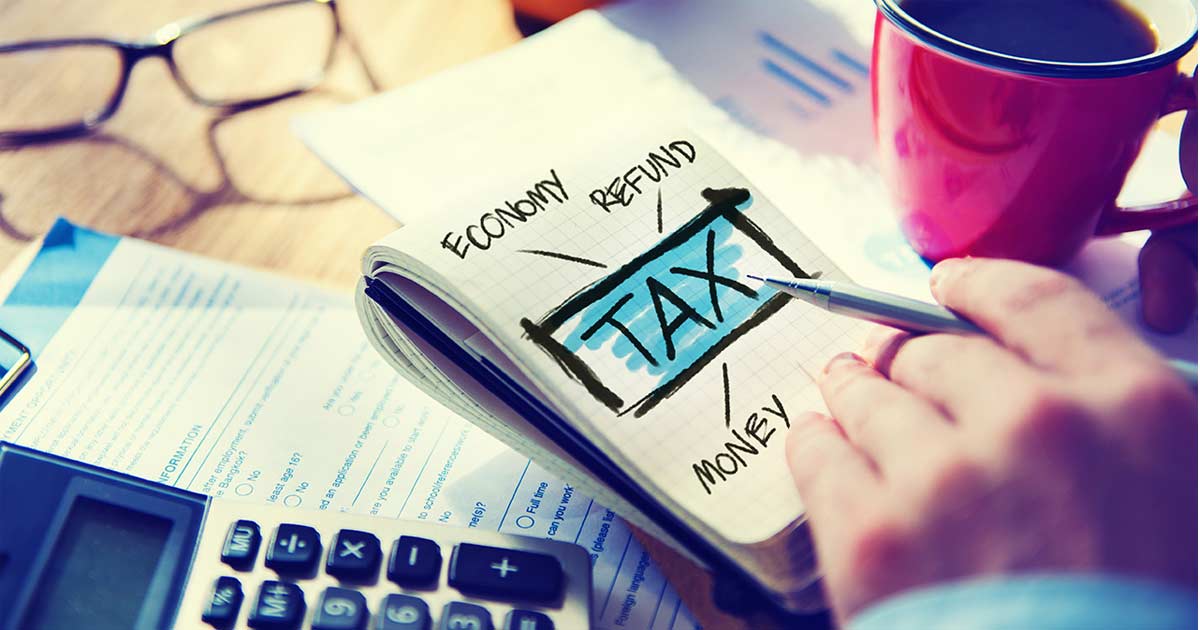


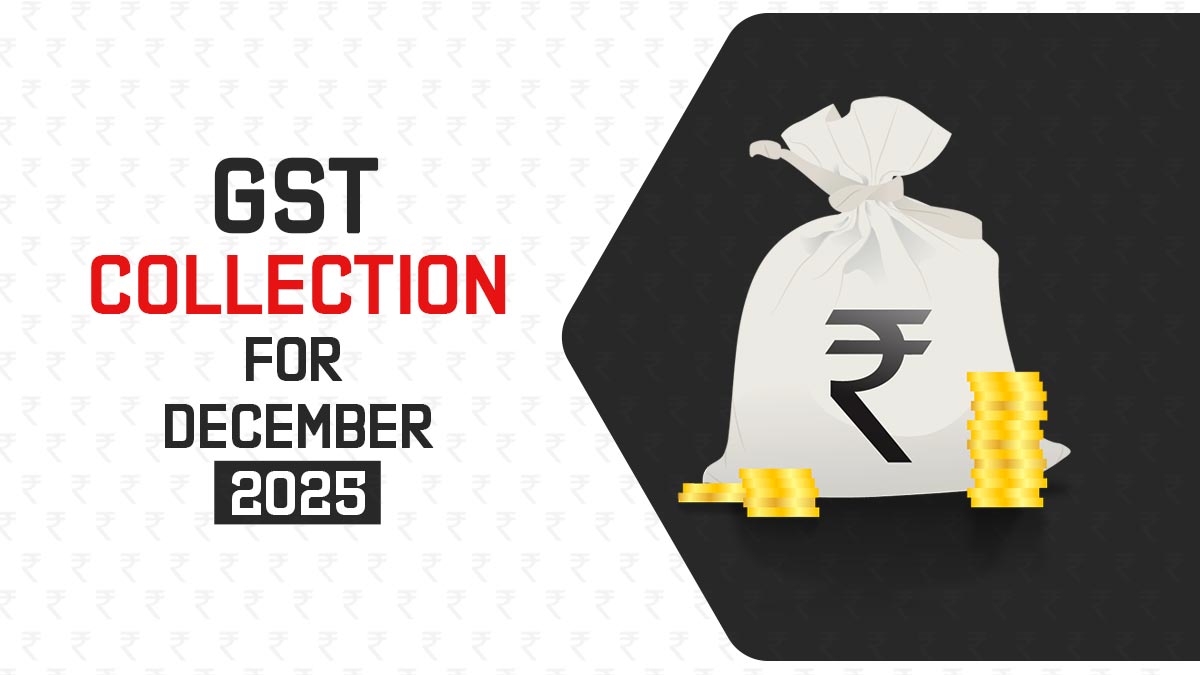
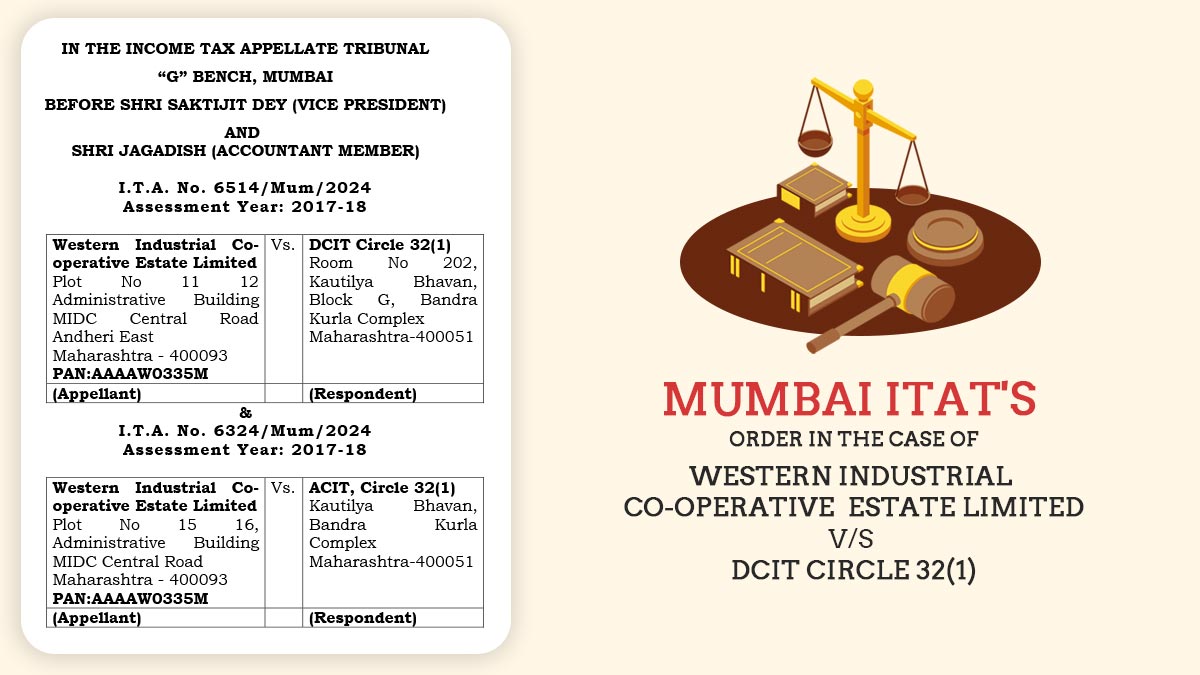
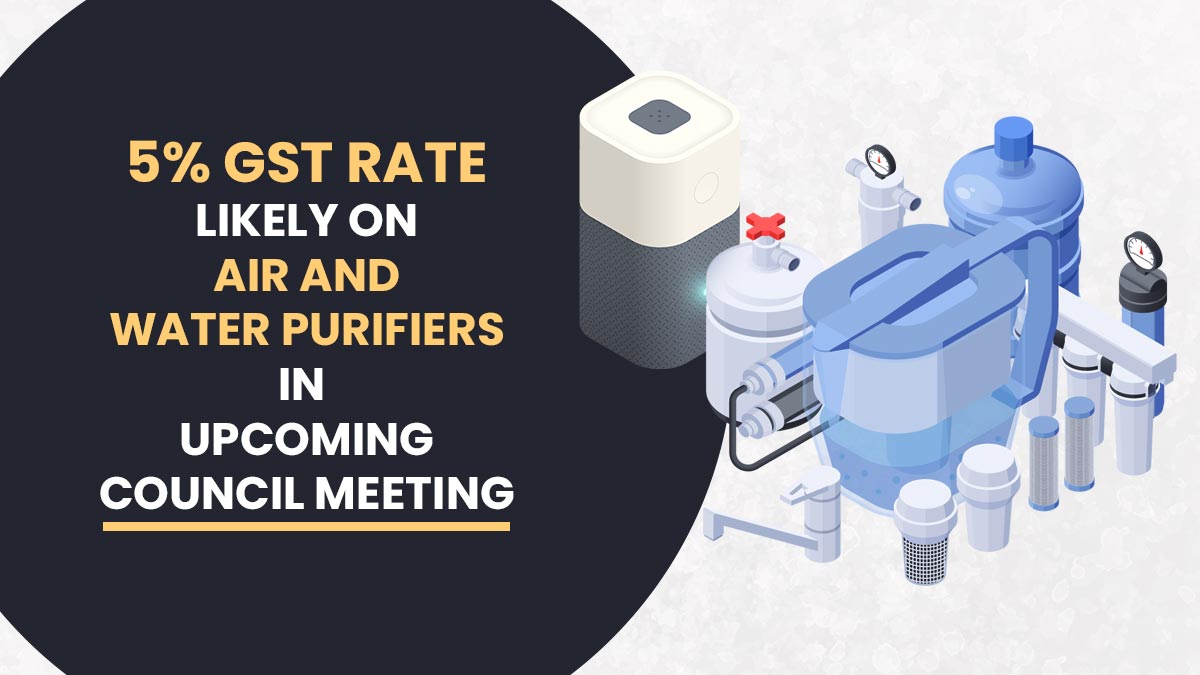
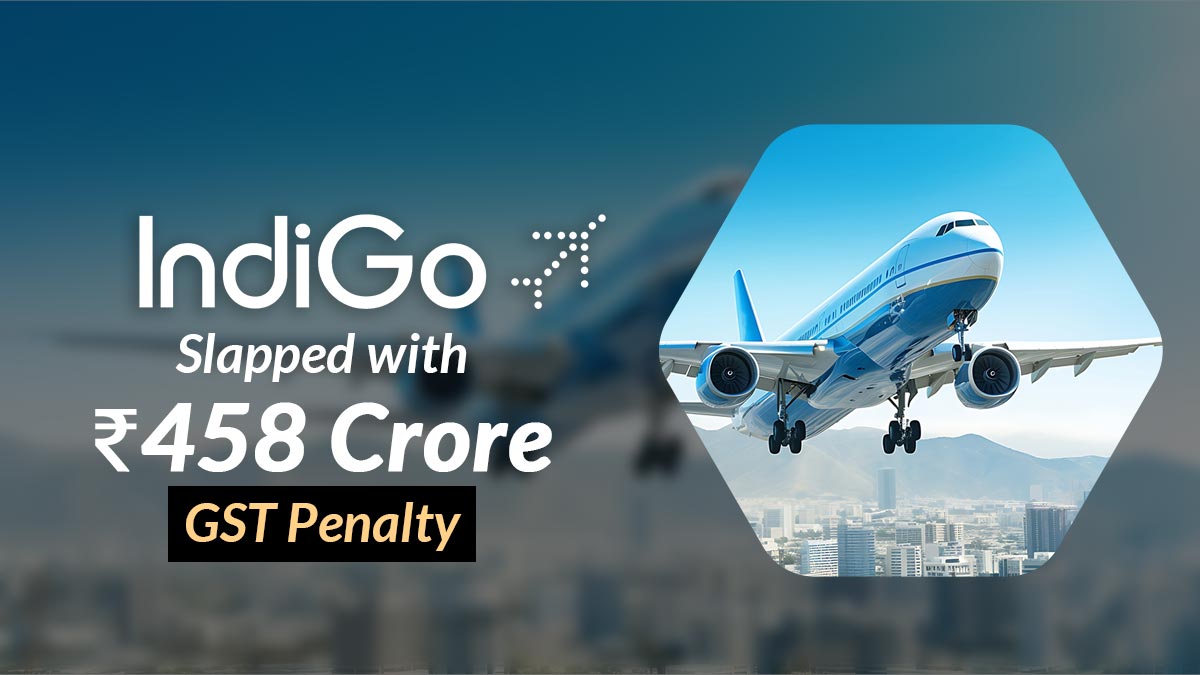

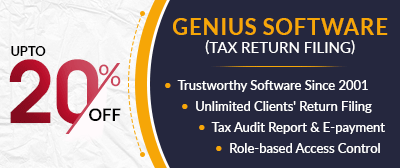
Astonishing, the loot was going on during the Congress regime on the name of Income Tax. Although the slab of 97.75% tax was only for super rich people but this rate indicates how super rich people were blackmailed by both father and daughter. And those whoever might have tried to evade this unjust tax must have been charged with extortion money on the name of party fund to Congress else they were raided by IT department.
An eye-opener, thanks for such detailed analysis on how income tax slabs have changed year on year for India.
Below is our blog which talks about financial topics